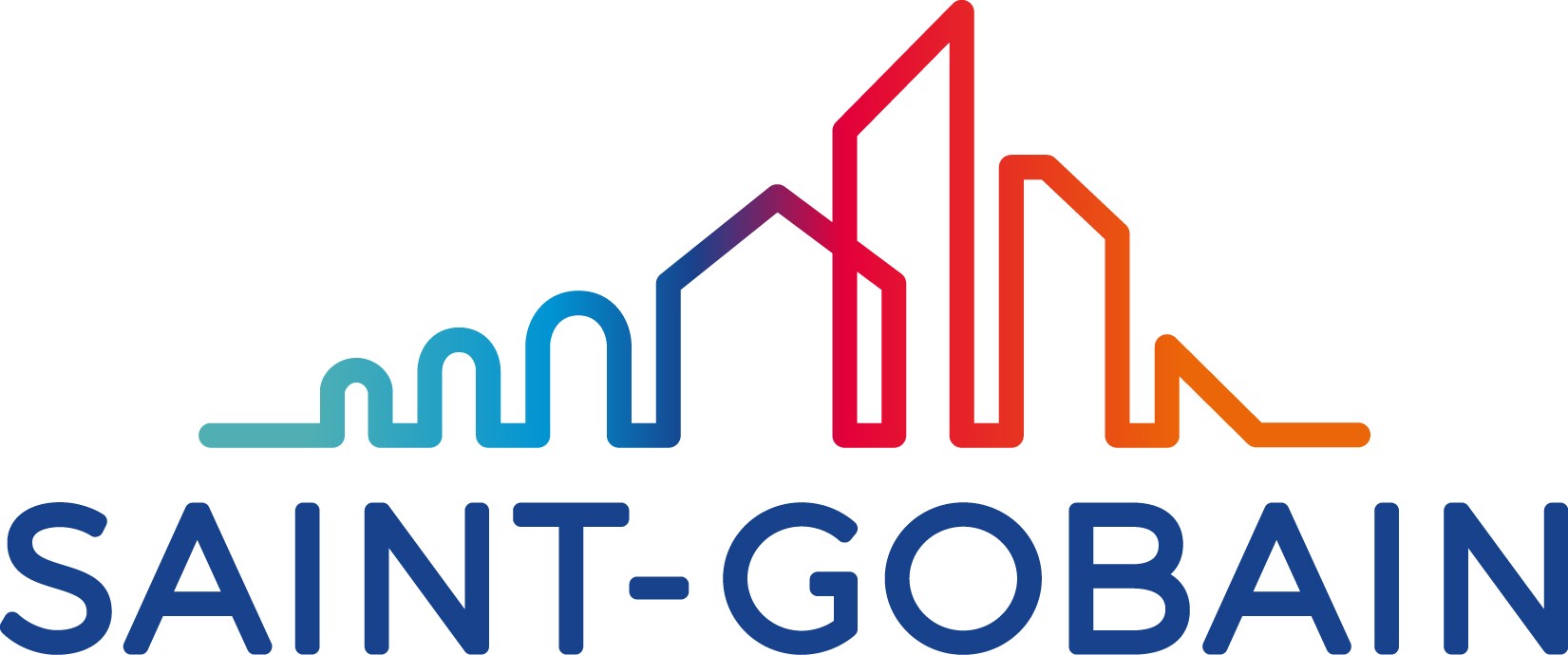Making UAE Schools Healthy
Emirates Green Building Council (EmiratesGBC) and Saint-Gobain UAE partnered to evaluate the Indoor Environmental Quality (IEQ) of a UAE school, supporting the Emirates Coalition for Green School’s (ECGS) vision and objectives of ensuring that every child in the UAE learns in a green school within this generation.
The report showcases the results and recommendations from measuring the Indoor Air Quality (IAQ), along with IEQ factors such as lighting, acoustics, and thermal comfort of a representative school in the UAE. In light of these results, we outline the actions for the various stakeholders such as the school owners, government and the building industry, as a Call to Action to improve the IEQ in UAE schools.
Study Results
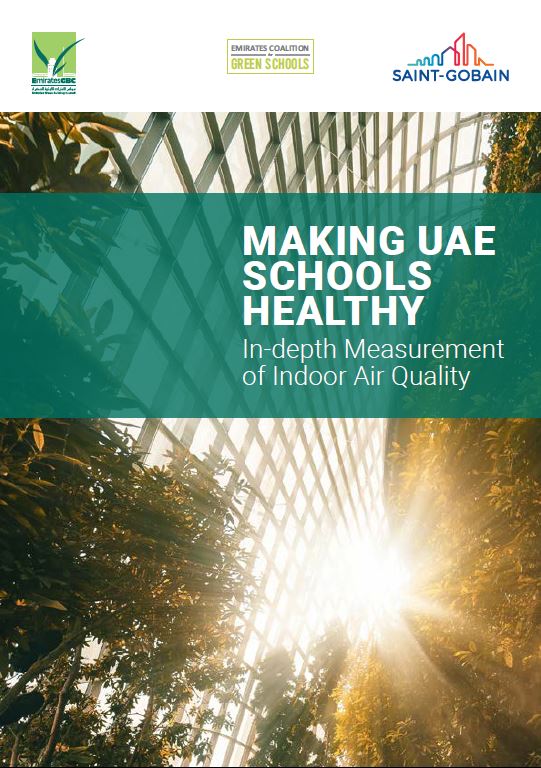
- One of the main findings conclude that the limit values set by Dubai Municipality for temperature, humidity, and carbon dioxide (CO2) are far from being met in two sample classrooms.
- The identification of individual Volatile Organic Compounds (VOC), carried out through the air sampling, also provided valuable inputs. The main pollutants were identified as acetone, benzene, toluene, ethylbenzene and xylene (BTEX) and terpenes, which are usually generated from cleaning products.
- In one of the rooms, an unexpected compound (1,4 dichlorobenzene) was also identified, and it is suspected to be carcinogenic.
- The measurements of illuminance and acoustics have shown that important improvements are needed to ameliorate these comfort parameters and improve the well-being and comfort of all occupants and more importantly, the learning abilities of students.
Click here to read the Technical report.
Click here to read the Concise report. For Arabic, Click here.
IEQ Recommendations for Schools

Increase the outdoor air rate of the building as per ASHRAE/REHVA standards.
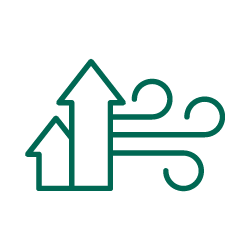
Reduce the percentage of indoor air recirculation and increase the percentage of fresh air to avoid CO2 and pollutant accumulation and cross contamination.

Maintain the humidity level within an acceptable range, both for thermal comfort as well as to prevent any mould issue.

Change the cleaning products by selecting fragrance-free products and/or with eco-label to reduce terpenes concentration.
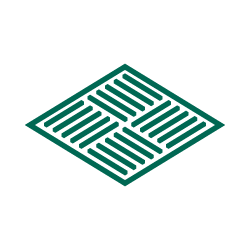
Inclusion of acoustic ceilings and acoustic heating, ventilation, and air conditioning (HVAC) ducts to improve the classroom’s acoustics.

Use low emitting VOC products and depolluting products to reduce the concentration of pollutants.

Use window solar films to concurrently address visual comfort, glaring, daylight autonomy and energy efficiency.
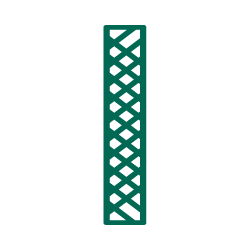
Insulate the external walls to reduce thermal losses. The insulation should be properly arranged to minimise thermal bridging.
Call to Action
Government Authorities/Policy Makers

Updating local green building regulations to use air sampling and not continuous monitoring devices to determine TVOC.

Updating the local regulations to include identification of individual VOC along with stipulated targets.

Set and mandate IEQ standards and codes in new and existing schools, prioritising minimum IEQ levels in line with global best practices.

Regular inspection of IEQ levels within schools.

Incorporation of IEQ as part of schools’ rating/performance.

Provide incentives and/or enact policy enablers to the IEQ industry.
Schools and School Facility Management

Lead by example in monitoring/ measuring of IEQ in their schools and implement corrective measures to improve and advance these factors.

Set appropriate IEQ targets (for lighting, acoustics, IAQ and thermal comfort) in line with global best practices.

Thorough and regular inspection and maintenance of HVAC systems, lighting, sensors, and controls to maintain the school’s IEQ.

Publicly disclose IEQ information.

Advocate towards the role of schools in improving health and wellbeing to parents, students, and parent committees.
Parents, Students and School staff

Act as an influential and advocacy group on school management to improve IEQ.

Continually question and check the IEQ performance within the school.

Collaborate within their parent teacher- school or professional/ social communities/networks to inform, educate, investigate, advocate and/or address IEQ issues within the school.

Inform authorities on inadequate IEQ environment for learning in schools.

Showcase and highlight the findings of this report to their respective schools for further investigation and remedial actions.
Designers & Green Building Consultants

Specify adequate IEQ factors (for lighting, acoustics, IAQ and thermal comfort) when designing schools as per global best practices.

Ensure that any deviation from the design and specifications during the construction phase does not compromise IEQ.

Specify low VOC building materials/products that are specific for schools.

Actively engage clients to consider improvements to IEQ throughout the lifecycle of the school.
Manufacturers and Suppliers
Understand and disclose the health implications/impacts of their products through material safety data sheets (MSDS), Health Product Declarations (HPD), Declare Label or any other acceptable health-related material/product declaration.

Ensure their products do not use any dangerous/toxic chemicals, or are biodegradable, or have obtained a respective eco-label as per their specific product/industry.
Showcase local case studies for IEQ using their safe/healthy products/materials.

Develop product/material catalogue/range/line that promote health and wellbeing using their Research and Development (R&D) or manufacturing/product development teams.

Advocate for the betterment of health and wellbeing through superior IEQ products/materials to schools, supply chains, and the governmental authorities.
NGOs & Research Institutes

Provide further research, proof of concepts, and case studies to support improving IEQ in schools.

Increase the number of studies showing the significance of IEQ on student performance in the UAE.

Actively engage and collaborate with the government to influence policy towards healthier schools.

Engage and collaborate with schools to develop solutions towards better IEQ performance.

